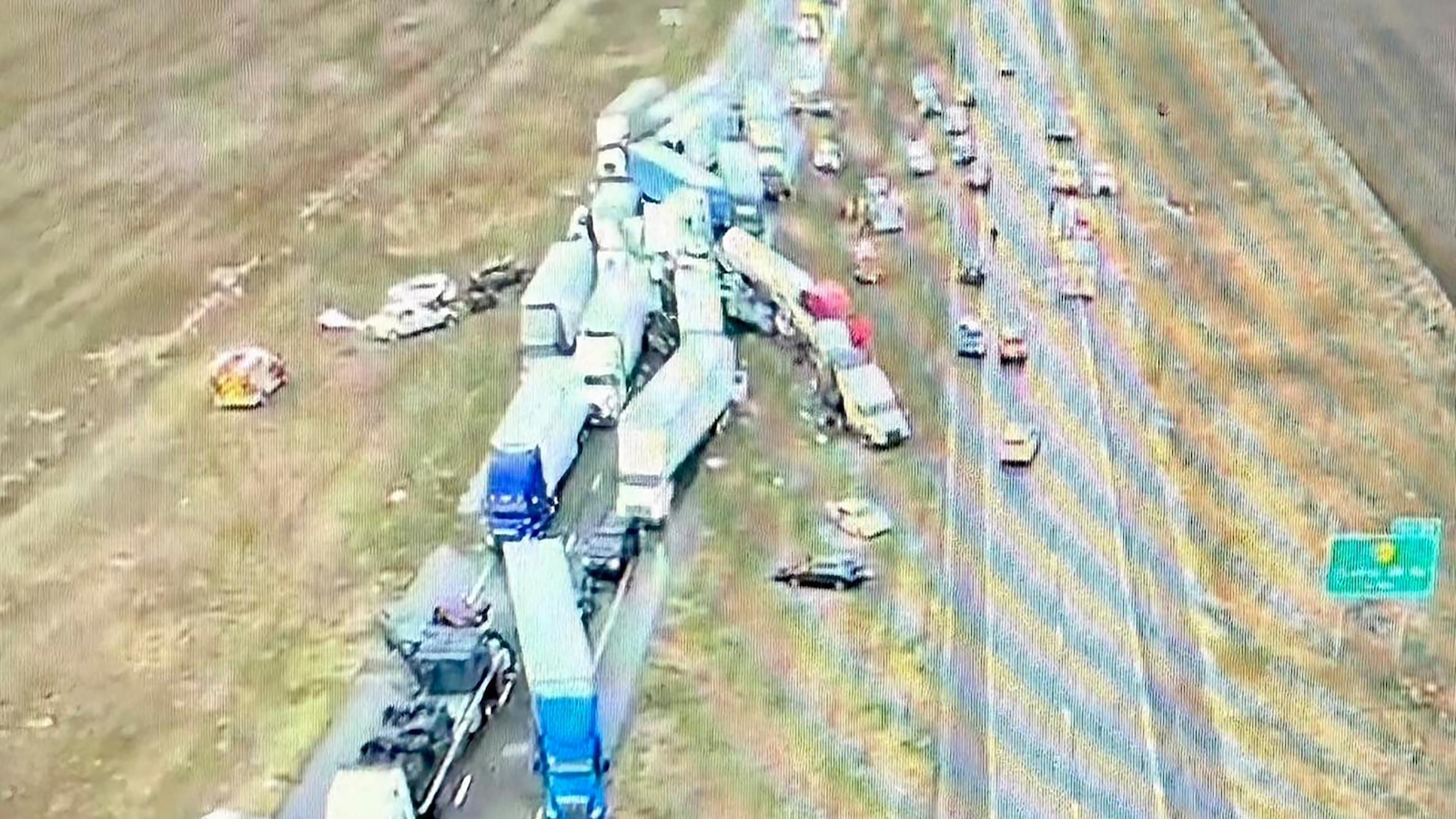When Dust Turns Deadly: The Hidden Dangers of Kansas Highways
A recent highway pileup in western Kansas has tragically underscored the perilous effects of dust storms on road safety. As visibility plummets, drivers are faced with unexpected and deadly hazards that demand urgent attention. This severe weather phenomenon, often overlooked, can turn seemingly routine drives into life-or-death situations in the blink of an eye.
The Nature of Dust Storms
Dust storms, also known as dust devils or sandstorms, occur when strong winds lift loose dirt and debris into the air, creating a dense cloud that reduces visibility. In Kansas, where flat plains and agricultural fields dominate the landscape, these storms can arise swiftly and unexpectedly. Factors such as prolonged drought conditions, land cultivation practices, and strong winds contribute to the frequency and intensity of these storms. Understanding these elements is crucial for recognizing the risks they pose to highway travel.
The Mechanics of a Dust Storm
When dust storms develop, they can significantly impact visibility, often reducing it to mere feet within moments. The main concerns include:
- Sudden Onset: Dust storms can appear rapidly, leaving little time for drivers to react.
- Low Visibility: Drivers may find themselves engulfed in a cloud of dust, making it nearly impossible to see the road ahead.
- Loss of Control: The combination of low visibility and high winds can lead to loss of vehicle control, contributing to accidents.
Recent Incidents Highlighting the Danger
The recent pileup in western Kansas serves as a stark reminder of these dangers. Over a dozen vehicles were involved in the collision, resulting in injuries and, tragically, fatalities. Eyewitness reports indicated that a sudden dust storm swept across the highway, obliterating visibility and catching drivers off guard. Emergency services were inundated with calls as multiple accidents unfolded along the roadway, a chaotic scene fueled by the element of surprise.
This incident is not an isolated one. The National Weather Service (NWS) frequently issues advisories about potential dust storm conditions in the region, yet many drivers remain unaware of the risks. Education and awareness are critical components in preventing future tragedies.
Preventive Measures for Drivers
As a driver, it’s essential to stay informed and prepared. Here are some strategies to help navigate highways in dusty conditions:
- Stay Informed: Follow local weather reports and heed warnings about dust storms. If conditions are forecasted to be hazardous, consider delaying travel.
- Reduce Speed: If you find yourself in a dust storm, slow down. Reducing speed can help maintain control of your vehicle and increase your chances of avoiding an accident.
- Use Headlights: Turn on your headlights to increase visibility for yourself and other drivers. This simple action can make a significant difference.
- Pull Over Safely: If visibility becomes too poor, find a safe area to pull over. Turn off your lights to avoid confusing other drivers, and wait until conditions improve.
The Role of Infrastructure and Policy
While individual drivers play a crucial role in road safety, infrastructure and policy also have significant impacts. Authorities in Kansas have taken steps to address the dangers associated with dust storms:
- Road Signage: Enhanced signage warning drivers of potential dust storm conditions is essential. These signs can serve as critical reminders to be cautious.
- Public Awareness Campaigns: State agencies can implement campaigns to educate the public about the dangers of dust storms and safe driving practices.
- Emergency Response Plans: Developing and refining response plans for dust storm incidents can ensure that emergency services are prepared to act quickly and effectively.
Community Involvement and Education
Beyond government measures, community involvement can play a significant role in promoting road safety. Local organizations can host workshops and seminars aimed at educating residents about the risks associated with dust storms. Schools can integrate this knowledge into their curricula, ensuring that future generations are better prepared to handle such situations.
Long-Term Solutions: Environmental Management
Addressing the root causes of dust storms is vital for long-term safety on Kansas highways. Implementing sustainable agricultural practices can help reduce the amount of loose soil that contributes to dust storms. Techniques such as:
- Cover Cropping: Planting cover crops can help hold soil in place during high winds.
- Conservation Tillage: Reducing tillage can prevent soil erosion and keep the ground intact.
- Windbreaks: Planting trees or shrubs can act as natural barriers, reducing wind speed and minimizing dust dispersion.
Conclusion: A Call for Awareness and Action
The hidden dangers of dust storms on Kansas highways are clear, as highlighted by the recent tragic events. Increased awareness and proactive measures are essential to safeguard lives. By understanding the nature of dust storms, adopting safe driving practices, and advocating for infrastructure improvements, we can work together to mitigate the risks associated with these natural phenomena.
As residents and travelers in Kansas, it’s our collective responsibility to stay informed and prepared. Let’s ensure that when dust turns deadly, we are equipped with the knowledge and tools to navigate these perilous conditions safely.
See more Your Daily Weather



